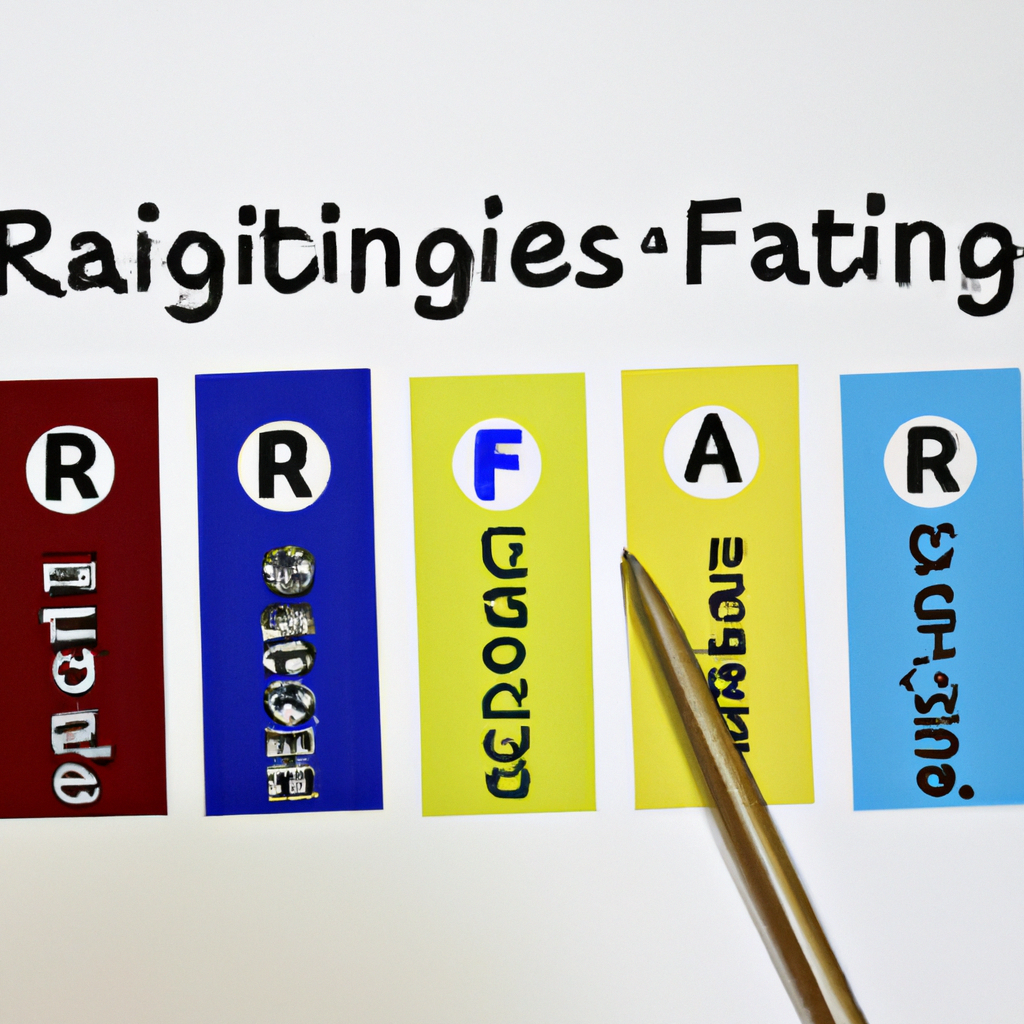Ratings of Financial Education Tools
Introduction
Financial education has become increasingly important in today’s complex and ever-changing financial landscape. With numerous tools available to help individuals improve their financial literacy, it’s crucial to understand the ratings and effectiveness of these resources. In this article, we will explore the ratings of various financial education tools to help you make informed decisions about which ones to utilize.
1. Rating Criteria
Before diving into specific tools, it’s essential to understand the criteria used to rate financial education resources. Some common factors considered in evaluating these tools include:
– Content quality: How comprehensive and accurate is the information provided?
– User experience: Is the tool easy to navigate and understand?
– Interactivity: Does the tool engage users through interactive features or quizzes?
– Accessibility: Is the tool available across multiple platforms and devices?
– Effectiveness: Are users able to apply the knowledge gained from the tool in their financial lives?
2. Online Courses and Platforms
Online courses and platforms have gained popularity in recent years due to their flexibility and convenience. Here are some highly-rated options:
a. Khan Academy
Khan Academy offers a wide range of free courses on various financial topics, including investing, economics, and personal finance. The platform is highly regarded for its comprehensive content and user-friendly interface.
b. Coursera
Coursera partners with renowned universities to provide online courses on finance and related subjects. The platform offers both free and paid courses, allowing users to learn at their own pace. The ratings for Coursera courses are generally positive, highlighting the high-quality content and interactive learning experience.
3. Mobile Apps
Mobile apps provide a convenient way to access financial education tools on the go. Here are a couple of highly-rated apps:
a. Mint
Mint is a popular personal finance app that helps users track their spending, create budgets, and manage their investments. The app has received positive ratings for its user-friendly interface and comprehensive financial management features.
b. Acorns
Acorns is an investment app that allows users to invest their spare change automatically. It also offers educational content to help users understand investing concepts. Acorns has been praised for its simplicity and educational resources.
4. Podcasts
Podcasts have gained traction as an engaging and accessible medium for financial education. Here are a couple of highly-rated financial podcasts:
a. “The Dave Ramsey Show”
Hosted by renowned personal finance expert Dave Ramsey, this podcast provides practical advice on budgeting, saving, and getting out of debt. The show has received high ratings for its actionable tips and motivational content.
b. “ChooseFI”
“ChooseFI” focuses on achieving financial independence and retiring early. The hosts discuss various strategies and interview experts in the field. The podcast has garnered positive ratings for its informative and inspiring episodes.
Conclusion
When it comes to financial education tools, it’s crucial to consider their ratings to ensure you’re investing your time and effort in resources that provide value. Whether you prefer online courses, mobile apps, or podcasts, there are highly-rated options available to enhance your financial literacy. Remember to evaluate the rating criteria, content quality, user experience, interactivity, accessibility, and effectiveness of the tools before making your selection. With the right financial education tools at your disposal, you can take control of your financial future.

